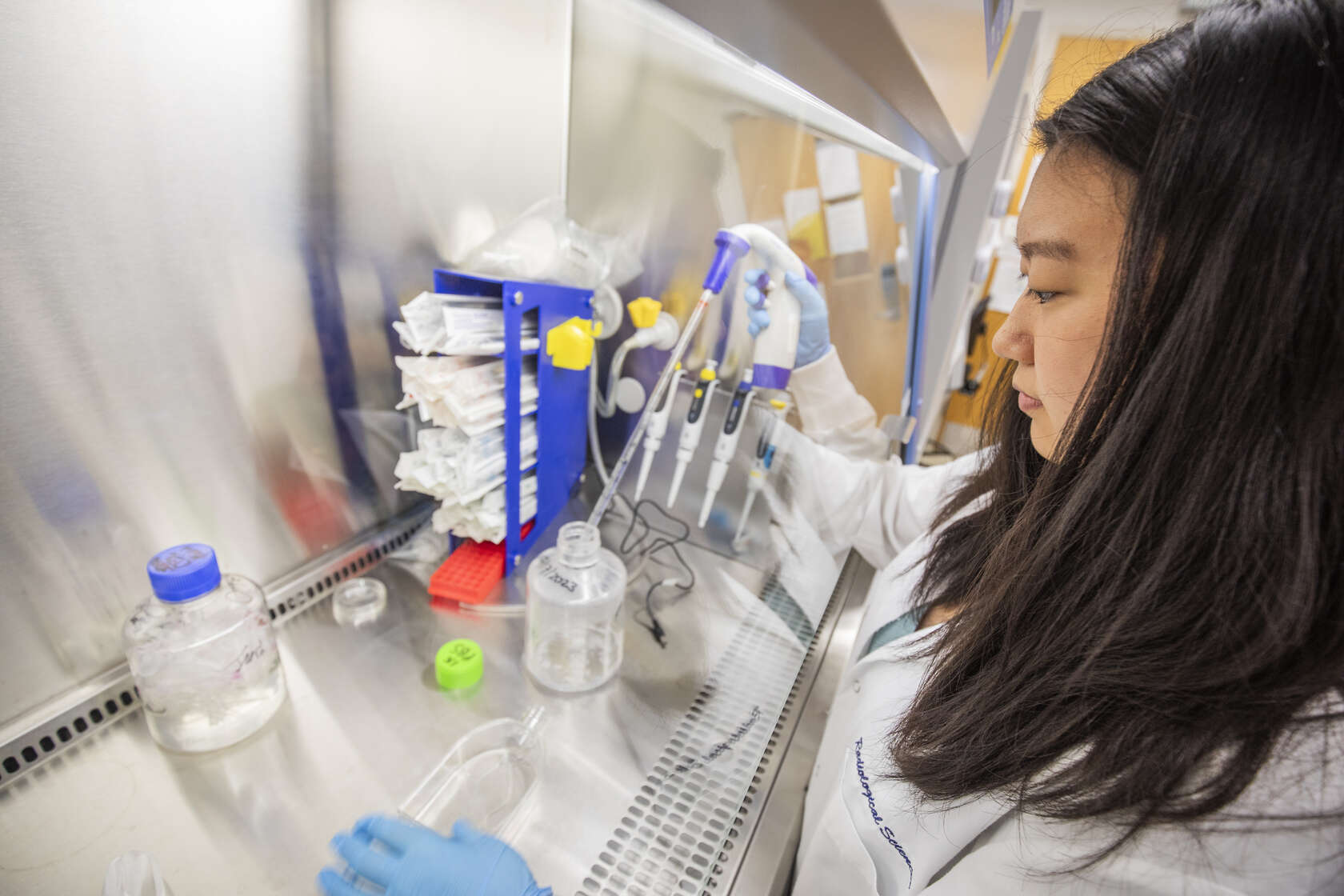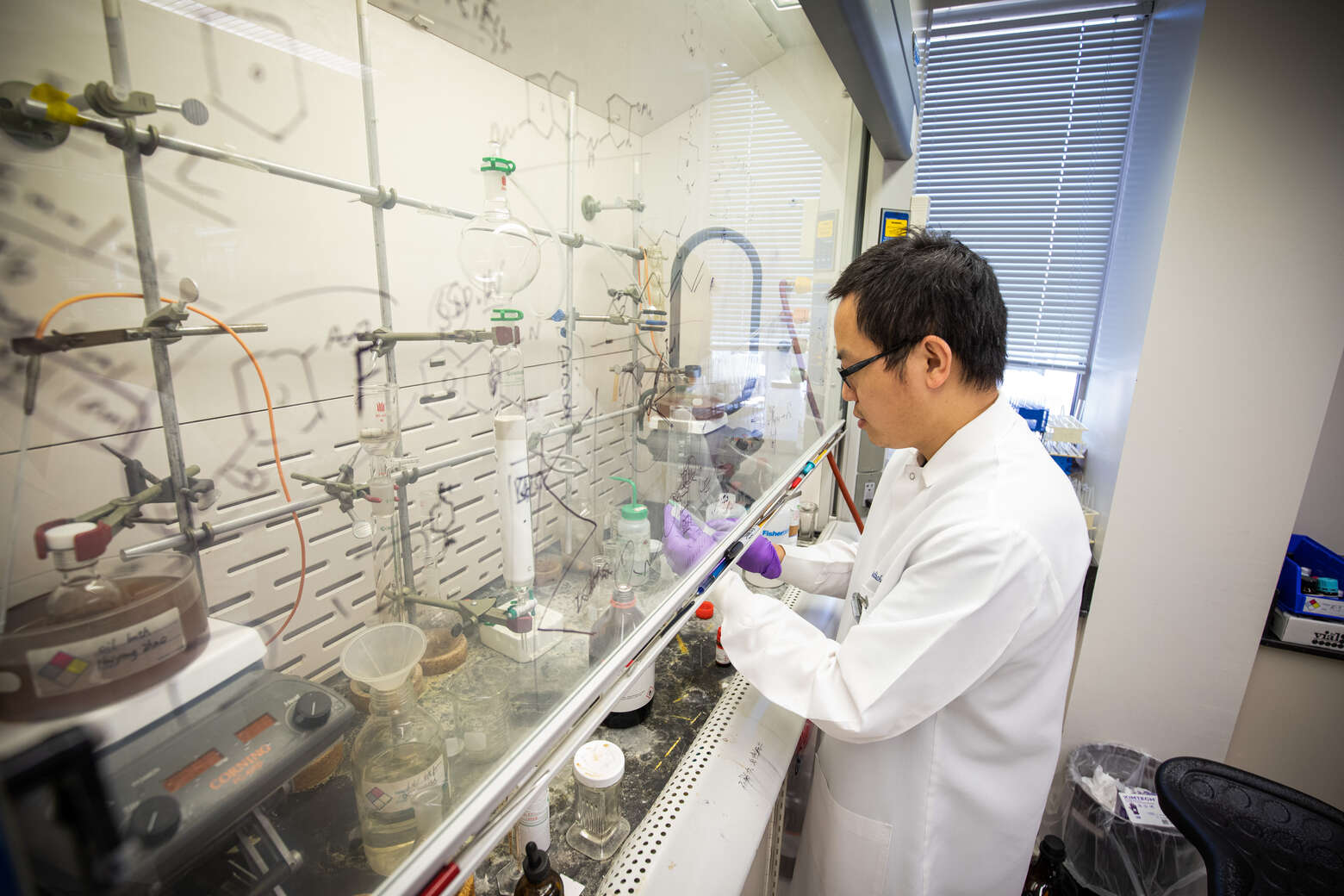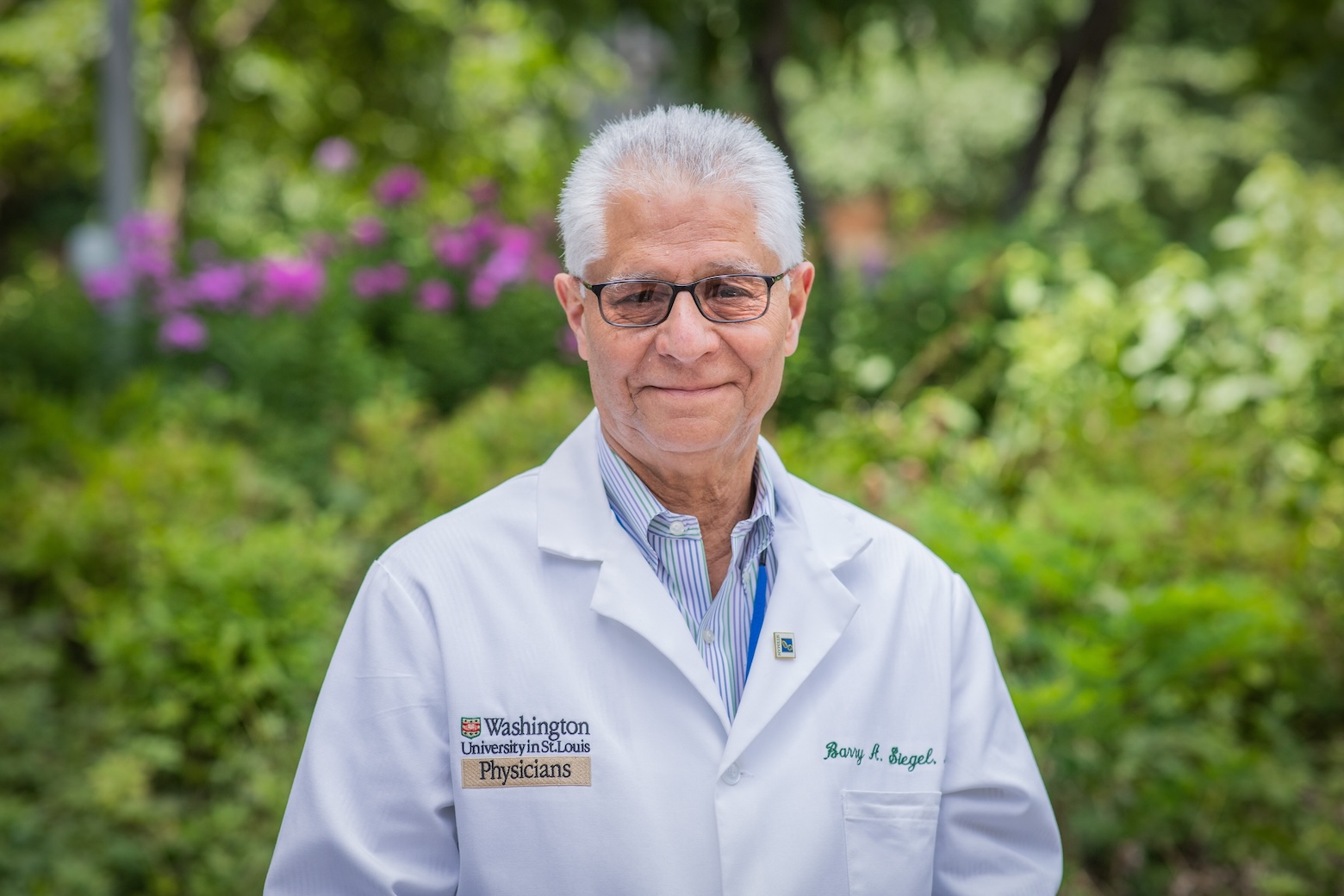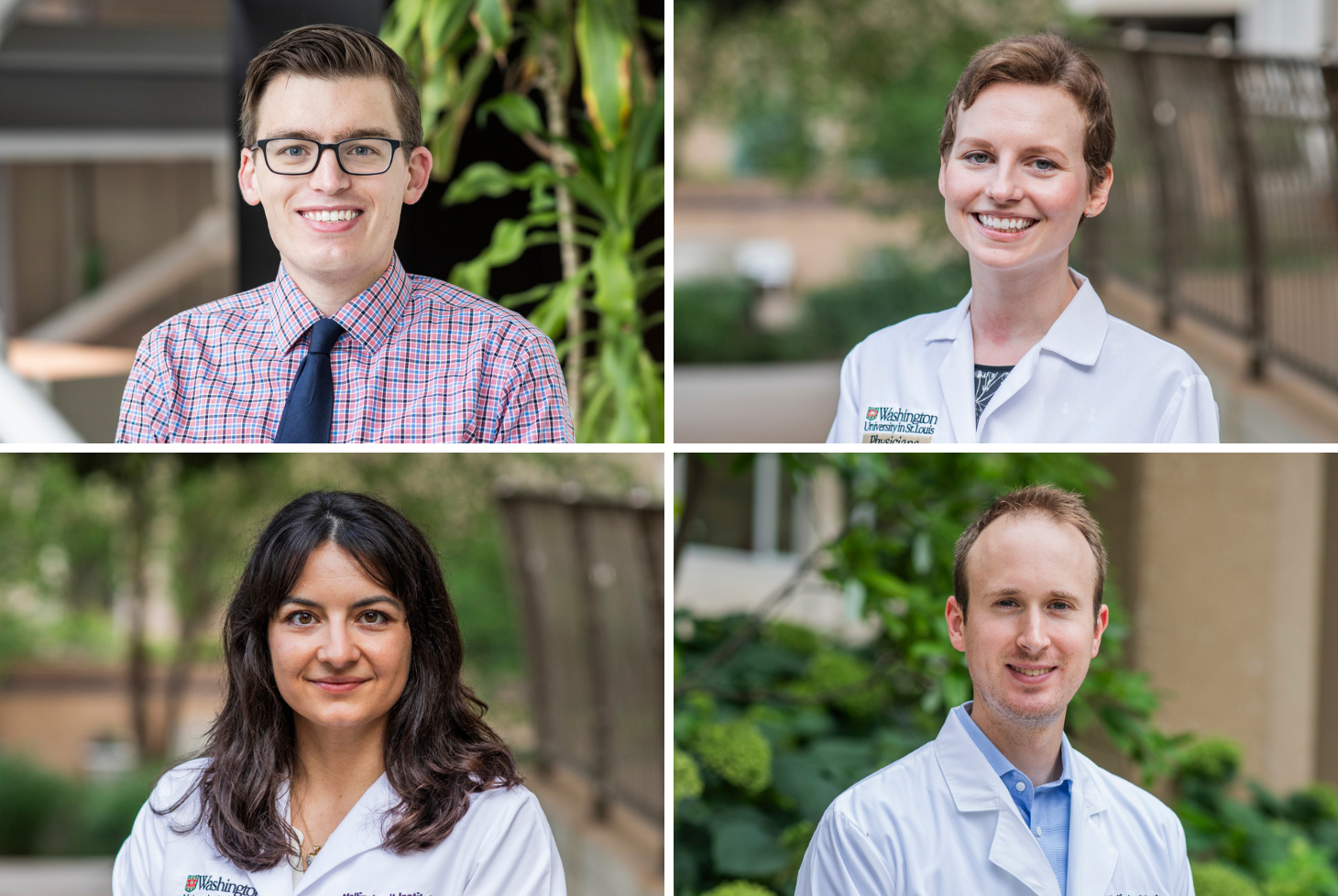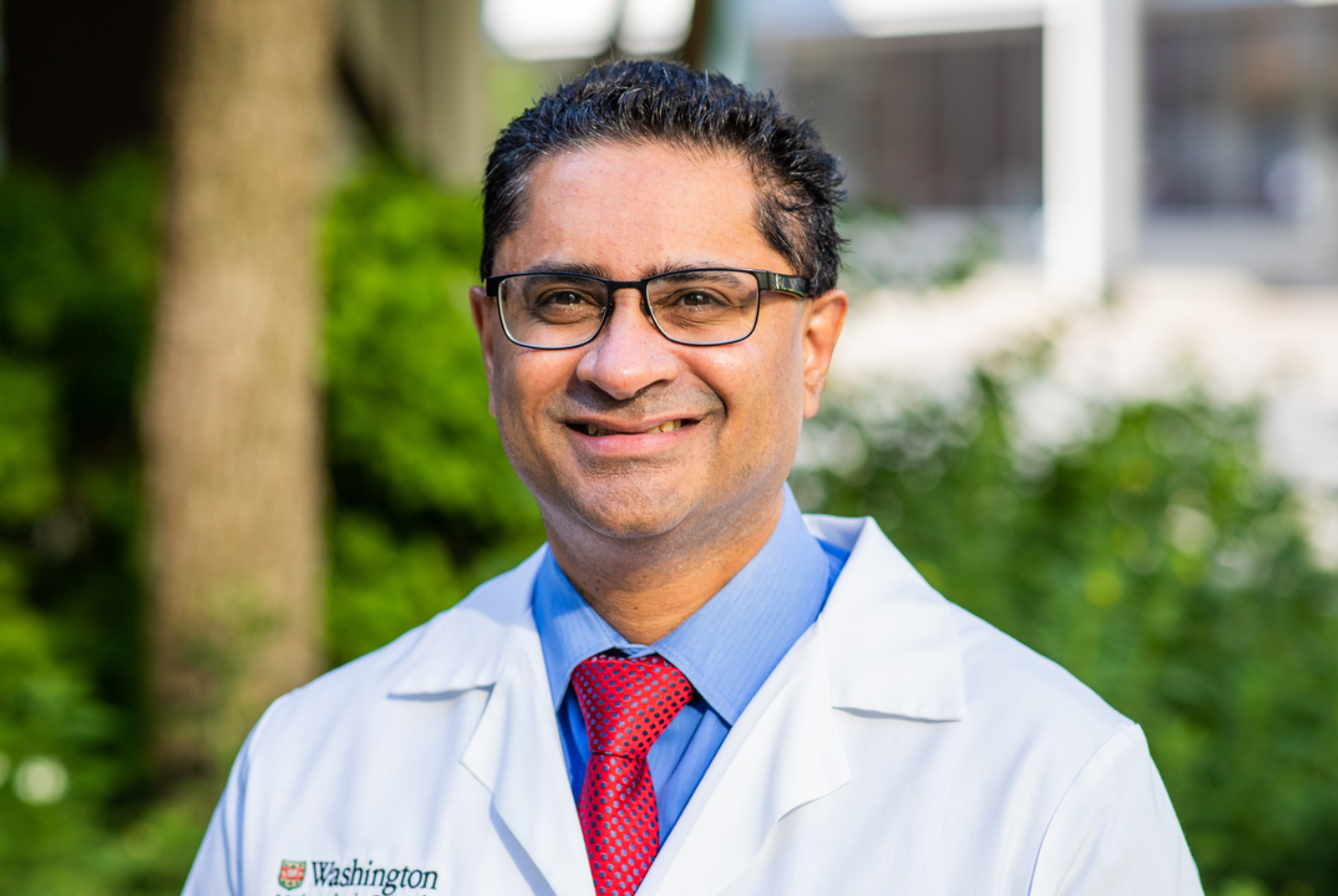Alumni Spotlight: John Neil, MD
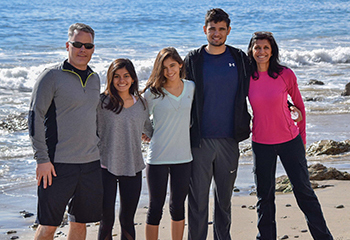
John Neil, MD, (Class of ’98) is senior vice president and chief physician executive for HonorHealth, a $1.6-billion health network headquartered in Scottsdale, Arizona. Prior to joining HonorHealth, Neil spent 16 years in clinical practice as a vascular and interventional radiologist at Scottsdale Medical Imaging Ltd. A self-described “lifelong learner,” he has always embraced administrative roles for providing him with the opportunity to “work with exceptionally smart people, continually learn new things and develop as a professional and a person.”
What attracted you to radiology?
I took a year away from clinical rotations between my third and fourth year of med school at WashU to perform functional brain imaging research under the tutelage of Marcus Raichle. I entered with a strong interest in doing neurosurgery, but under Dr. Raichle’s mentorship I developed an interest in the power and diversity of radiology. At Dr. Raichle’s suggestion I did a radiology rotation early in my fourth year and found that I really enjoyed it. Around the same time, I was deciding whether to get engaged. It was clear that embarking on a neurosurgery residency was probably not the recipe for a successful marriage. Because I enjoyed radiology so much and thought it would allow for a bit more work-life balance, I changed paths, pursued a radiology residency and decided to get married. Dr. Raichle doesn’t know it but my wife credits him for the fact that we got married.
Who were some of the people at MIR who made the greatest impression upon you?
Dan Picus had an unparalleled work ethic that I have spent my career trying to emulate. He was incredibly intelligent, incredibly dedicated and a tireless worker. For Bill Middleton, the ultrasound probe was like a paint brush and he was the artist. In addition to his technical expertise, he as much as anyone taught me the value of hands-on interaction with the patient. Stuart Sagel taught the importance of using every bit of information on the film/image in order to inform the diagnostic opinion. “The history is on the film” was one of his favorite sayings that is embedded in my memory bank. Mike Darcy was no nonsense, to the point of being intimidating to some. I found him to be a fantastic teacher and technically amazing in the interventional lab. He taught me to think my way out of a tight spot, even if it took innovative, outside-the-box thinking. That training paid off innumerable times during my IR practice.
How did your time at MIR impact your future career?
When I joined the private practice world, I found that I immediately had the breadth and depth of knowledge to practice successfully in that environment and to provide “added value.” Secondly, the environment at MIR taught me to hold myself, and ultimately my colleagues, to the absolute highest standards in terms of patient care. There was simply an unflappable and uncompromising commitment to excellence; that standard was embedded in me and has stayed with me throughout my career.
Before HonorHealth you served as chairman of the board of Scottsdale Medical Imaging Ltd. and as a board member for both a regional and national radiology consortium. Is there a common thread that runs through all of your administrative roles?
I am a good listener. That is crucial to leadership, especially physician leadership. If they believe they’ve been heard and understood, even if the ultimate decision doesn’t go their way, then they at least know it was made with an understanding of their perspective.
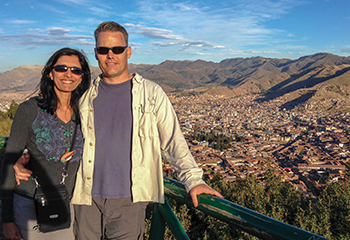
In your position at HonorHealth, you have many diverse departments reporting up to you. Is there a particular area that you are especially excited to be involved with?
One of the things I miss about clinical radiology is the satisfaction of making diagnoses, answering questions and doing procedures that truly help patients. In this position, our major clinical lines all report up through me. As new technology and approaches to care come into play, I can really work with our various clinical leaders to make sure we’re applying those in a responsible way for the maximum benefit of our patient population. It’s great to be able to impact care on a much broader level.
Academic Affairs is under your purview. What might you draw on from your MIR residency as you shape the residency program at HonorHealth?
We’re trying to enhance the reputational value of our program so that we can attract better medical students and then retain these talented physicians so they can serve the needs of our community. The biggest thing you can do is get really smart people in the door. We’re looking into developing a formal academic affiliation, be it in Arizona or out of state, that will help us attract even better candidates. If anyone at WashU wants to establish a formal affiliation in sunny Arizona, I’ll answer the phone for sure!
In your rare free time, what do you enjoy doing with your wife, Shaheen, and your children, Jacob, Sarah and Julia?
We’re pretty outdoorsy. We love to snow ski. Two of my kids got better than me this season, so that was a downer. We hike a lot here in Arizona, especially in the Superstition Mountains. We do volunteer work in the community at St. Mary’s Food Bank and at Desert Mission, a charity sponsored by HonorHealth.

